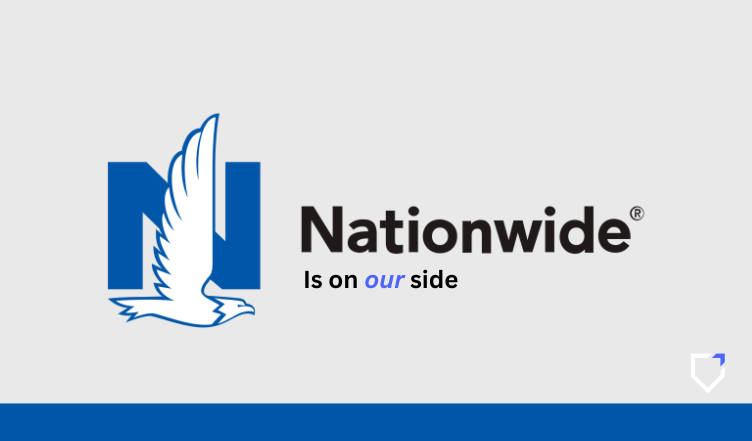Have you equipped your clients with tips to ensure a successful incident response and investigation process when an employee experiences a work-related injury?
Proper response and investigation of accidents and near misses are key elements of a comprehensive injury-prevention program. Effective incident investigation can:
- prevent future incidents and injuries through lessons learned
- protect your clients from legal liabilities and costly insurance claims
- promote positive workplace morale through a commitment to worker safety
Here are some tips to share with clients to help them successfully respond to and investigate workplace incidents:
1. Establish an incident response plan
It’s vital that all incidents be reported immediately and investigated properly. Encourage clients to create a formal incident response plan that outlines the steps to be taken in the event of an incident. This should include everything from emergency contact information and reporting procedures to instructions for securing the scene and a list of key personnel to be involved in the investigation.
Additionally, an accident-reporting form ensures proper information is collected during the investigation. Insurance carriers may provide sample forms for policyholders – ask your representative about this loss-control tool.
2. Preserve the scene
After an incident occurs, it’s important to preserve the scene as much as possible until investigators arrive. This includes securing the area to prevent material and evidence from being removed or accidentally altered, and avoiding any actions that could cause further damage. Encourage your clients to designate someone to oversee the scene until investigators arrive and to document any actions taken to preserve the scene.
3. Collect Information
Gathering information from witnesses and employees involved in the incident is key to establishing a clear picture of what happened. Employers should document the names and contact information of any witnesses, as well as any statements they provide. Employees involved in the incident should be asked to provide a detailed account of what happened, including any contributing factors or hazards that may have been present.
Other types of information to collect include:
- manuals and maintenance schedules/logs for equipment involved in the incident
- relevant company policies or records, such as safety procedures or training programs
- training records for employees involved in the incident
- relevant safety audits or inspections
- previous recommendations made by investigators or safety consultants
- related police reports
4. Document the incident
By documenting everything related to the incident, your clients can ensure investigators have all the information they need to identify the root cause of the incident and take steps to prevent future occurrences. This documentation should include:
- as many facts as possible related to the incident, including the date, time and location
- names and contact information of all parties involved and witnesses
- the nature of any injuries or damage resulting from the incident
Also encourage clients to take photos, videos or sketch the scene of the incident, and to fill out the incident report form with as much detail as possible.
5. Determine root causes
Determining the underlying reason why an incident occurred is the most effective way to ensure it doesn’t happen again. This involves looking beyond the obvious cause of the accident to uncover any underlying causes.
TIP: To best determine the root cause, ask the question “Why?” at least five times. Start with, “Why did this incident happen?” For every answer to that question, ask “why” again. The root cause will typically be uncovered after the fifth time the question is asked. Understanding the “why” can lead to effective recommendations for corrective action.
6. Communicate with your insurance carrier
Encourage clients to make communicating with their insurance carrier a top priority after an incident occurs for a smoother claims process and to take advantage of resources. Carriers may offer guidance on the claims process, such as what information needs to be provided and what steps need to be taken, as well as resources to help with incident investigation and prevention.
Additionally, many policies require incidents to be reported to the carrier within a certain timeframe, so timely communication can help ensure clients fulfill their contractual obligations.
7. Implement corrective actions
Incident response and investigation is an opportunity for employers to continuously improve their safety programs. Identifying and implementing corrective actions helps to prevent repeat accidents and ensure employees feel safe and valued.
Corrective actions can take many forms, including changes to equipment, procedures or training programs. It’s important they are specific, measurable and actionable so progress can be tracked and goals achieved.
Employers should also regularly review and update their incident response plan so it remains relevant and effective in preventing future incidents.
Maximizing Incident Response and Investigation
By following these tips, your clients can ensure they have an effective incident response plan in place, gather the necessary information to determine root causes and take steps to prevent future occurrences. As a risk management partner, you can guide your clients through this process and help them protect both their employees and their business.
Trust Kinetic and our partner Nationwide to provide you with incident response and investigation support that prioritizes the well-being of your employees and helps control costs.
Contact us today to learn more about how we support agents and employers in risk management.










